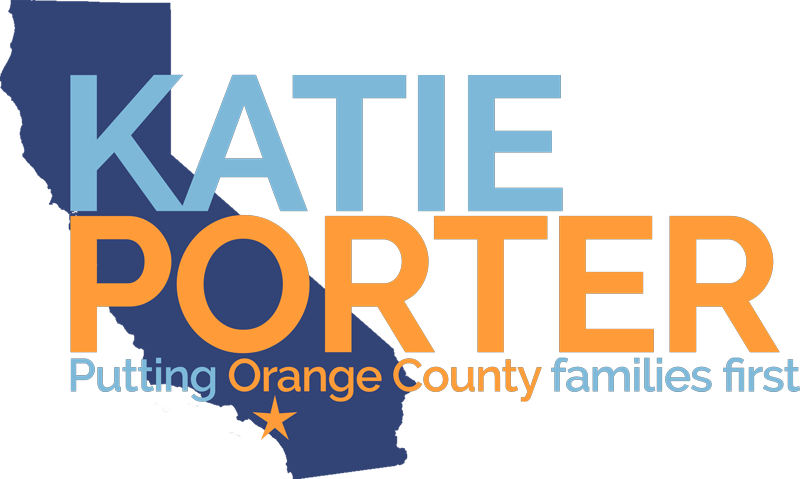Press Releases
Rep. Porter Introduces Bill to Streamline Clean Energy InfrastructureLegislation would allow electric vehicle charging, renewable energy development in interstate right-of-ways
Washington,
March 1, 2024
Today, Reps. Katie Porter (D-CA) and Nikema Williams (D-GA) introduced the Solar Use Network (SUN) Act to spur development of renewable energy infrastructure and electric vehicle charging stations along interstate highways. Their proposal would convert unused right-of-ways, like interstate medians, into valued community assets that can be used for renewable energy projects. “Californians know that our clean energy transition cannot wait,” said Rep. Porter. “To limit the damage of climate change in our communities, we need to think creatively about how Congress can spur the development of clean energy infrastructure. My SUN Act would make it easier for utilities to build charging stations and generate renewable energy along otherwise unused land, helping power our future one mile at a time.” Congresswoman Nikema Williams (GA-05) said: “Building more green infrastructure is essential to improving the health of our communities. The SUN Act rises to meet this need by transforming under-utilized space on highways into environmentally friendly power sources. This is critical for marginalized communities that were intentionally divided by interstate highways, and the SUN Act is yet another way to bring long overdue repair. I will continue leading the effort to ensure interstates benefit our communities and bring us closer to having infrastructure that works for everyone–no matter your ZIP Code, no matter your bank account.” The SUN Act is endorsed by CA EnviroVoters, Environment America, Environment California, Environment Georgia, Environmental Defense Fund, Evergreen Action, League of Conservation Voters, Natural Resources Defense Council, and Rewiring America. Reps. Jared Huffman (D-CA), Hank Johnson (D-GA), Rob Menendez (D-NJ), and Eleanor Holmes Norton (D-DC) also cosponsor the SUN Act. “Using America’s roadsides for solar panels and electric vehicle chargers will generate much-needed clean energy and facilitate a quicker transition to zero-emission vehicles,” said Steven King, clean energy advocate with Environment California. “Making better use of this idle land will move our response to the climate crisis closer to the fast lane and ensure a smoother road to 100% clean energy.” "Every year, enough sun shines down on us to power America many times over, but we're still barely scratching the surface of solar potential. Installing solar panels along our highways is a great way to get more clean power without disrupting the natural environment. In just three southern California counties, we found installing solar along highways could power 270,000 homes. Imagine what we could do if we put solar along highways nationwide. That's why Environment America is excited to support the SUN Act," said Lisa Frank, executive director of Environment America's Washington Legislative Office. "The American people are depending on Congress to not only make investments in clean energy and green infrastructure, but to also direct the government to implement these climate solutions with the expedience the climate crisis requires," said Aaron McCall from California Environmental Voters. “The Investments from the Infrastructure Investment and Jobs Act and the Inflation Reduction Act have always been the start of overdue climate action - and this bill enables states to integrate renewable energy in proven and effective ways." Congresswoman Porter is a leader in the fight to protect our planet. In Congress, she serves on the House Natural Resources Committee, where she regularly holds polluters accountable and spearheads proposals to combat climate change. Her bill charging Big Oil more to drill on public lands was signed into law, and her questioning led to a new draft rule that would raise the amount oil and gas companies must set aside to pay for cleaning up oil wells. Along with the SUN Act, Rep. Porter recently published a report outlining the need to remove obstacles to new transmission lines that connect clean energy to the electrical grid. ### |
